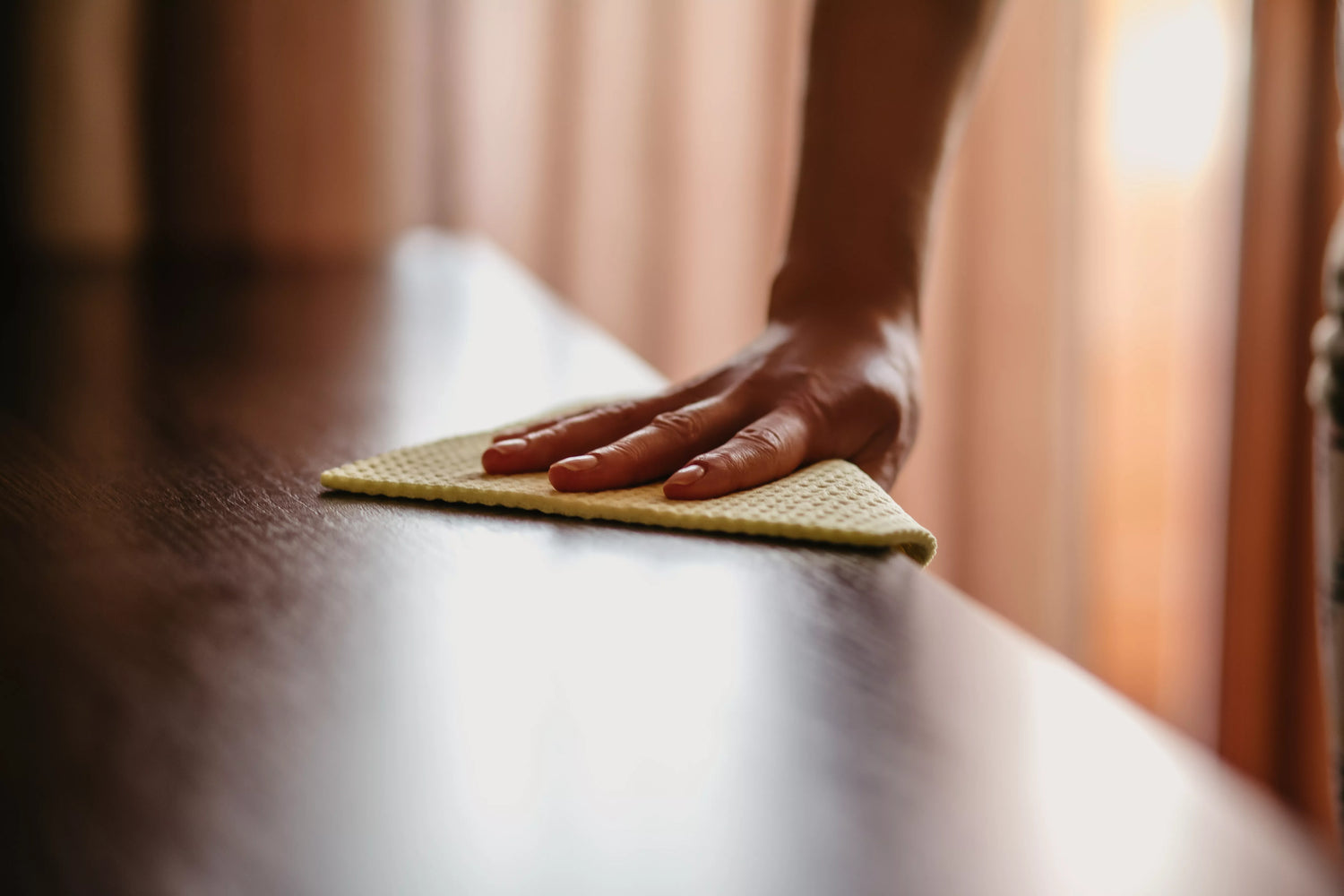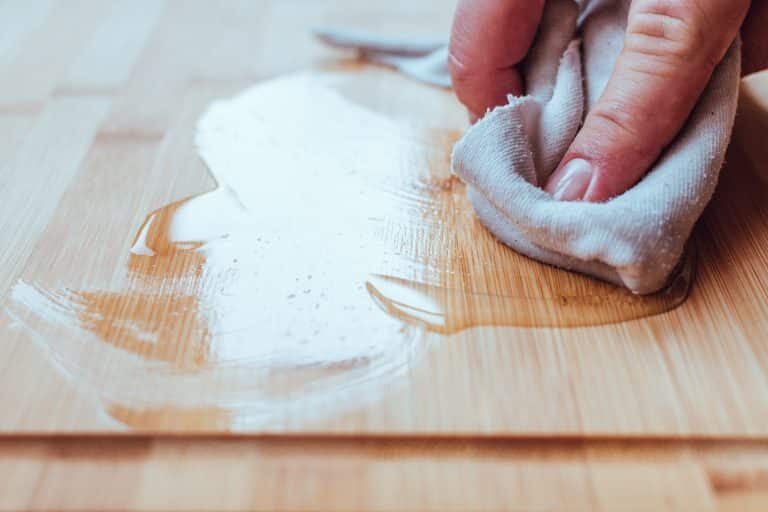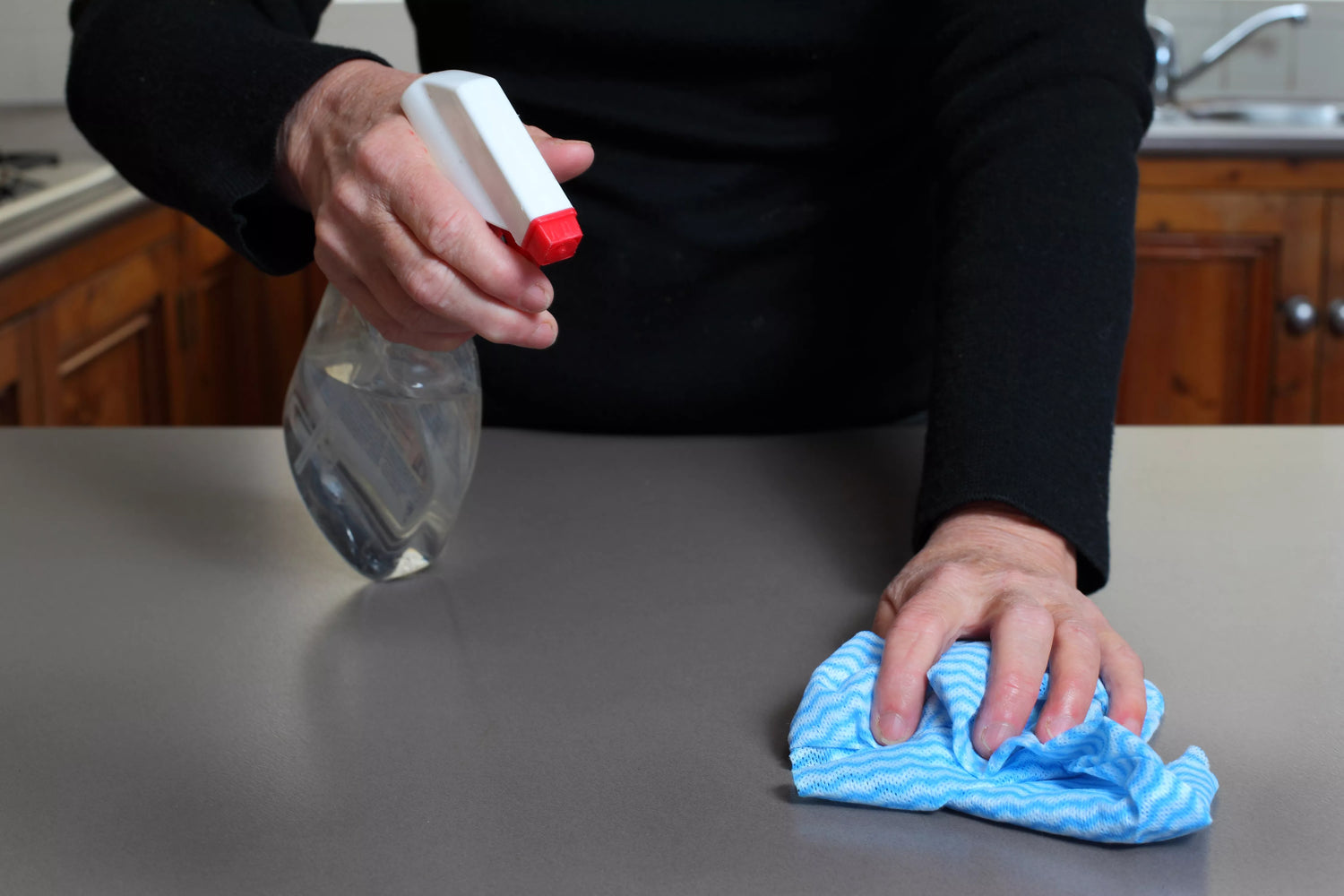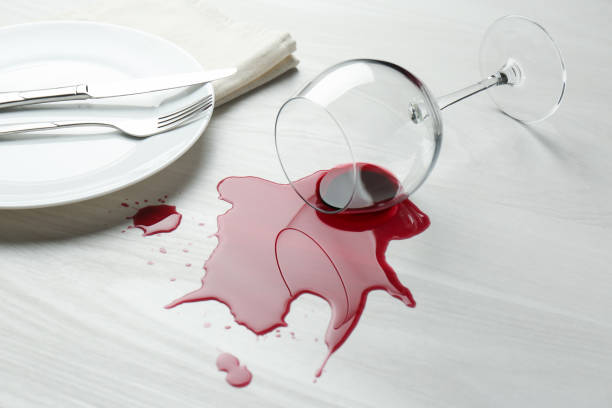Furniture Care
Your furniture is made to last. But it might need a little of your help to stay as beautiful and clean as you want it to be. Here’s how to take care of your favorite table set or buffet.
━ Cleaning tips ━
As most wood is absorbent, it’s important to dust your wood furniture often to prevent particles from building up and becoming ingrained in the surface layer. Furniture should be wiped clean with a damp cloth then dried using a soft, lint-free duster. Avoid sprays and silicone wipes and polishes as these can leave marks and residues, and abrasive cleaners as these may scratch your wood furniture.
Our top tips for tip-top dining furniture care
-
- Keep cool: place furniture at least 50 cm away from direct heat sources like radiators and fires.
- Don’t push it: don’t drag or push furniture as this can damage fixings and affect stability.
- Strong and stable: check the stability of your furniture’s joints regularly, tightening bolts and fixings as required.
- Bums on seats: avoid swinging or standing on chairs as rocking motions and additional weight can weaken them.
- Light work: don’t overload extension leaves, shelves, or drawers with heavy items.
-
Easy clean covers: consider investing in washable seat pads or cushions if your dining set will be used regularly.
Don't be a drag: avoid dragging crockery over your table and cabinet surfaces, and take extra care with sharp objects like knives.
Use felt: stick felt pads to the bottom of lamps and ornaments to avoid scratching surfaces.
Do it right: always follow the manufacturer’s instructions when fitting shelves and assembling or disassembling furniture.

Cleaning waxed wood
Polish waxed wood furniture, following the direction of the grain, every three months with good quality natural beeswax. Use a soft duster to buff up and retain the natural look of your furniture, and avoid abrasive cleaners, wipes and sprays.

Cleaning oiled wood
Oiled wood needs to be cared for following the manufacturer’s instructions. Make sure you keep hold of these when you receive your new furniture!
━ Dining care ━
Whether it’s caring for wood or looking after lacquer, it’s covered in the videos below.

Minor spills
It’s worth investing in table mats, coasters, and trivets to prevent heat and liquid spills from damaging your new furniture. If spills happen regularly, use a tablecloth or spill-friendly wax cloth table covering, and make it even more effective by placing a heat-resistant table pad underneath.

Major spills
If there’s a major spill, blot it immediately using a clean cloth or kitchen towel, aiming to soak up as much of the excess as possible. For serious spills, professional cleaning is usually the answer. Attempting to clean it yourself may do further damage to your furniture. We always recommend getting advice on a serious spill and calling a professional in to carry out any furniture repairs.
━ How to clean & Care Fabric ━

Fabric (also known as upholstered) furniture tends to be the most popular and customizable furniture style, while also having the added benefit of being cheaper than leather. However, style and design come at a cost: upholstery is easily stained and collects more dust and soil. Follow the instructions listed below to keep your upholstered furniture clean and comfortable.
-
Spot cleaning general fabric
If a spill occurs: Clean the fabric immediately.
Blot with a clean, white cloth. Do not rub. Select the appropriate stain removal method. To determine this, look under one of the seat cushions or under the unit to find a tag. This tag shows a universal cleaning code. This cleaning code relates to a recommended method to be used. For a list of fabric/upholstery cleaning codes.
Pre-test all of the care products in a hidden area to make sure that they are compatible with the fabric material.
To prevent rings: Clean spots from the outside to the middle of the affected area.
Do not use detergents or strong chemicals to clean your upholstery.
-
Cleaning Special Fabric
Silk, Rayon or Velvet: Get professionally cleaned. These fine fabrics are easily damaged so it is safest to not attempt to clean on your own.
Suede: Suede can be ruined by water. Instead, use a small amount of vinegar and a clean cloth to blot liquids such as coffee and juice. For grease stains, use baking soda to absorb and a brush to wipe away after it has been allowed to sit for a few hours.

